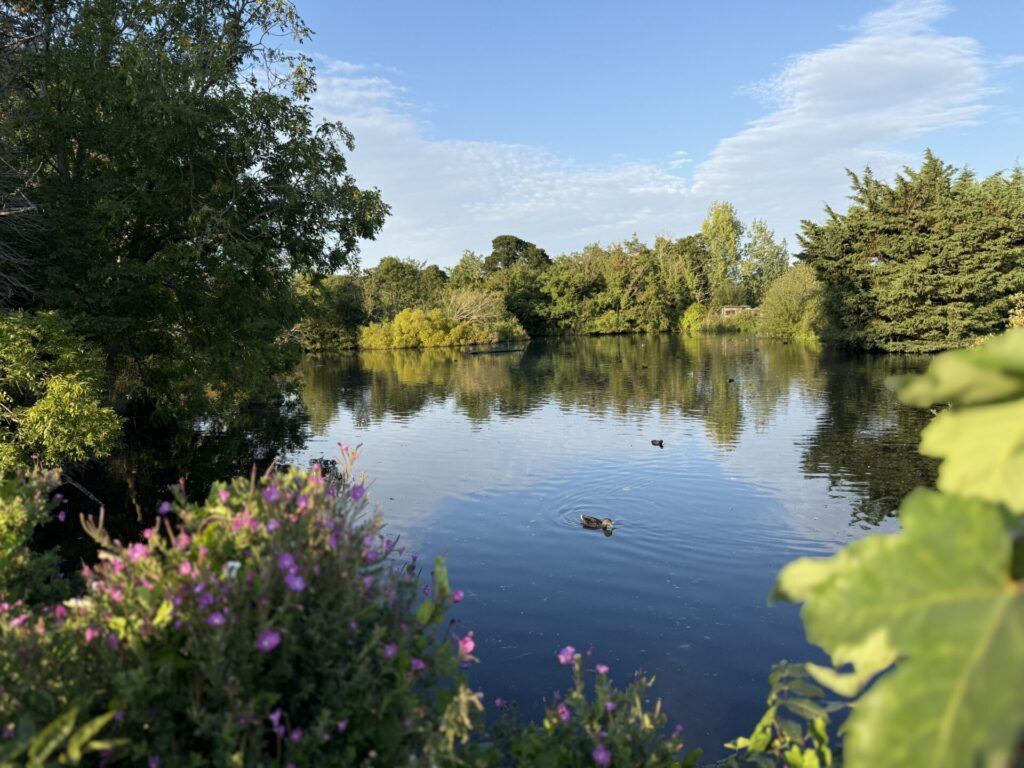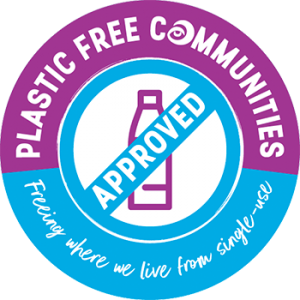Anna Stonor, Secretary of the Friends of the Westbrook & Stonebridge Pond
Stonebridge Pond may look as pretty as a picture, but underneath the surface, things have been building up.
Silt (made up mainly of road run off and decomposing vegetation) has been accumulating in the pond since regular sluicing stopped after the closure of the Home Works gunpowder plant in the early 20th century. In places silt levels are 2 to 3 metres deep, with just 20 centimetres depth of water above. If nothing is done to tackle the build-up, the future of the pond as we know it, is uncertain.
The Friends of the Westbrook & Stonebridge Pond have been coordinating local efforts to tackle siltation in the stream and pond. In the stream, this has been done via the installation of a ‘low-flow channel’ where natural materials have been used to create narrower, wavy channels which encourage the movement of silt aside and down the stream, exposing the gravel bed and improving habitat for invertebrates, fish, bats and birds. This approach, however, is not suitable for the pond as it is much deeper.
As such, the Friends have been working with Swale Borough Council (who own the pond), Faversham Town Council (who own Stonebridge allotments), Stonebridge Allotment Society, the Environment Agency and others to investigate alternative approaches. These include manually desilting the pond, separating the pond from the stream (to reduce the build-up of silt) and reprofiling the stream along Flood Lane to increase its gradient. However, these approaches are costly and potentially disruptive. As such, a less invasive and more cost-effective approach has been suggested by the Environment Agency – the use of aquatic chalk.
Aquatic chalk, often called Siltex, is an established method of managing silt in ponds and is currently being used nearby at Oare Gunpowder Works and Stodmarsh SSSI. It is calcium carbonate powder that, once applied, can increase oxygenation and speed up the breakdown of organic material within sediment. As such, it can help reduce silt, improve water quality, and support conditions for biodiversity.
The success of aquatic chalk largely depends on the levels of organic content in the silt. Samples have been analysed and results show the use of aquatic chalk could help reduce silt levels at Stonebridge Pond. As such, Faversham Town Council and Swale Borough Council have agreed to share the costs of using aquatic chalk at Stonebridge Pond. The chalk will be applied this autumn, and effects will be monitored. It should be noted that following application, the pond may look white and cloudy for some time. This is normal and will soon settle.
If monitoring shows positive results, the application of aquatic chalk will likely become a regular occurrence.
The Environment Agency, Natural England, the Marine Management Organisation and the Internal Drainage Board have all been contacted about the use of aquatic chalk at Stonebridge and are happy for it to be trialled.
If you are interested in finding out more about the Friends of the Westbrook & Stonebridge Pond, please take a look at the website: friendsofthewestbrook.wordpress.com








